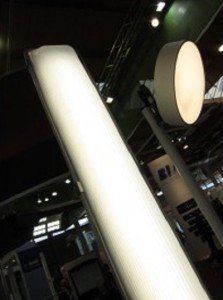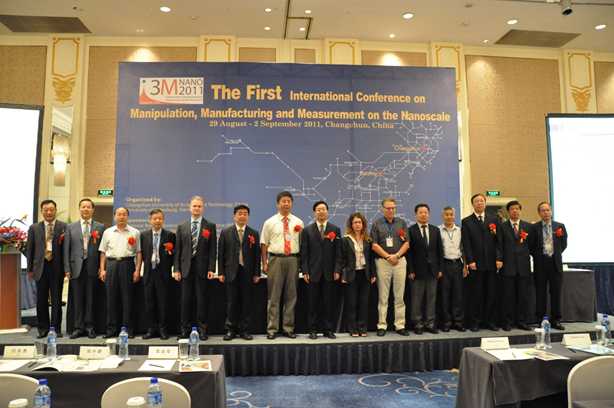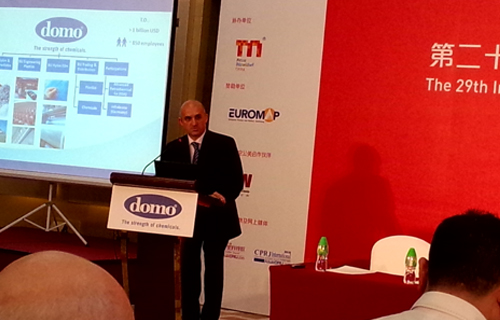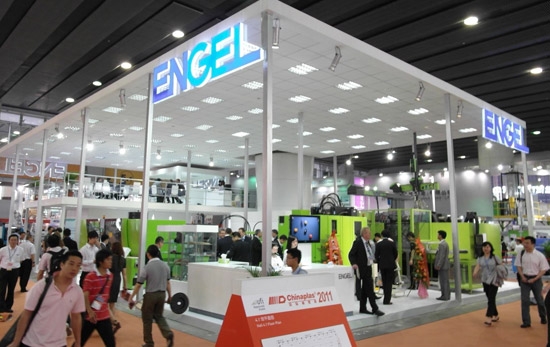
Dow Corning expects much of the growth in LED market, as high as 33% compound annual growth rate through 2016 according to McKinsey & Company, will be contributed by the adoption of more advanced materials technologies.
“Dow Corning’s global lighting customers are concerned that emerging LED applications are quickly pushing conventional LED materials, such as glass, epoxies and plastics, to their practical limits,” said Eric Peeters, Vice President of Dow Corning Electronic Solutions. “Consequently, as designs of LEDs and LED lamps and luminaires rapidly become more sophisticated, optical silicone technology is generating tremendous interest from OEMs along the entire LED value chain and opening new horizons of reliability and applications.”The US-based company has identified four trends in the LED markets which are favorable for the growth of silicone applications:
The drive toward higher efficiency – Although LEDs are among the most efficient of all light sources, the market is continuously pushing toward higher and higher efficiency products. Offering advanced optical performance and superior moldability vs traditional materials, silicones provide exceptional clarity and new design possibilities for primary and secondary optics that squeeze more lumens out of every watt.
Rising LED temperatures – As designers are increasing the amount of driving current in LEDs and are decreasing the overall size of the lighting fixture, the operating temperatures for emerging LEDs are approaching 150°C and higher. Such temperatures can cause conventional epoxies and plastics to turn yellow and physically degrade over time. In contrast, silicones have demonstrated reliable optical and physical performance at temperatures reaching 200°C and higher, which helps ensure next generation LED sources can meet and exceed the lumen maintenance requirements of today’s challenging lighting applications.
Demand for more design flexibility – While conventional glass, polycarbonate and acrylic products were adequate for early LED designs, many new lighting applications are calling for architectures that are difficult to fabricate with traditional materials. The mechanical properties of silicone materials are driving broad new design possibilities for secondary optics, light pipes, light guides, white reflecting parts and remote phosphor components. The superior moldability of silicones enables LED architectures with more complex shapes, micro-scale optical structures, undercuts and thinner wall configurations that would be difficult or impossible to fabricate with either organic polymers or glass.
Lower costs – As LED manufacturers seek to deliver more lumens per dollar, many are looking to optical silicones to help minimize their products’ total cost of ownership through improved performance and processing. More easily molded than glass or plastics, silicones offer unique options for consolidation of mechanical and optical LED, helping to reduce assembly operations. Plus, their lower molding temperature translates into lower energy consumption during LED manufacture. Lastly, the thermal and optical stability of silicones combined with their strong resistance to UV, chemicals and impact helps ensure LED light sources deliver consistent, reliable, high-quality illumination over the lifetime of the device.
Source: http://www.adsalecprj.com/Publicity/MarketNews/lang-eng/article-67004444/Article.aspx







